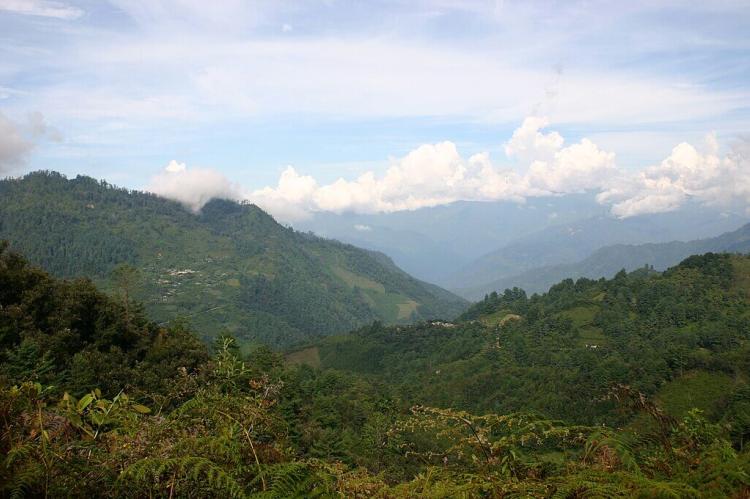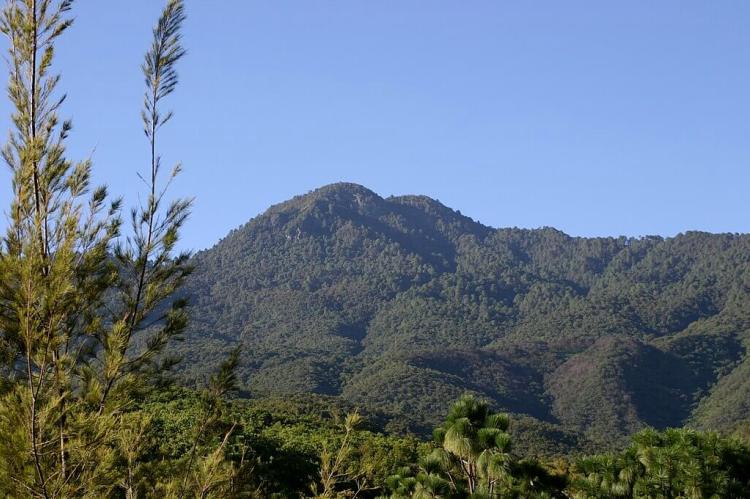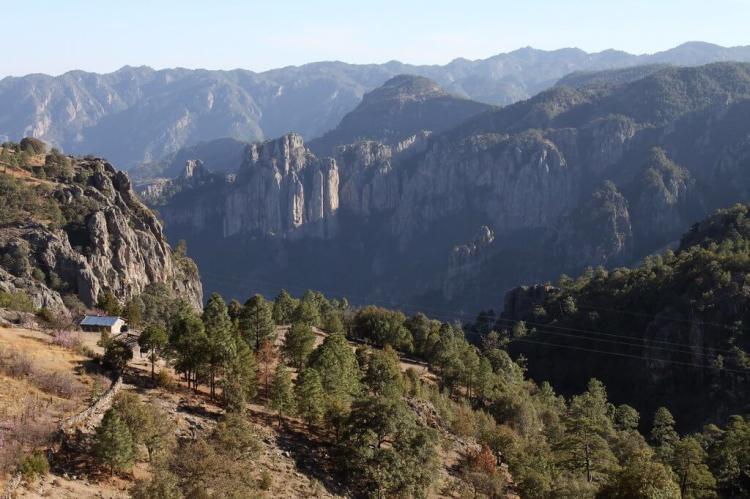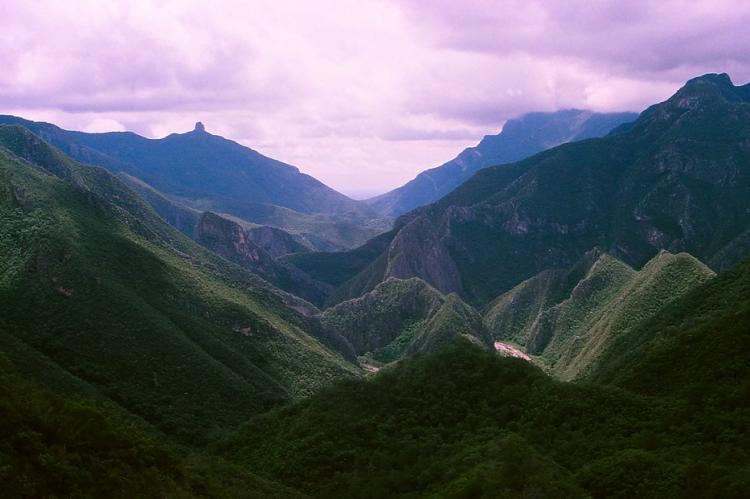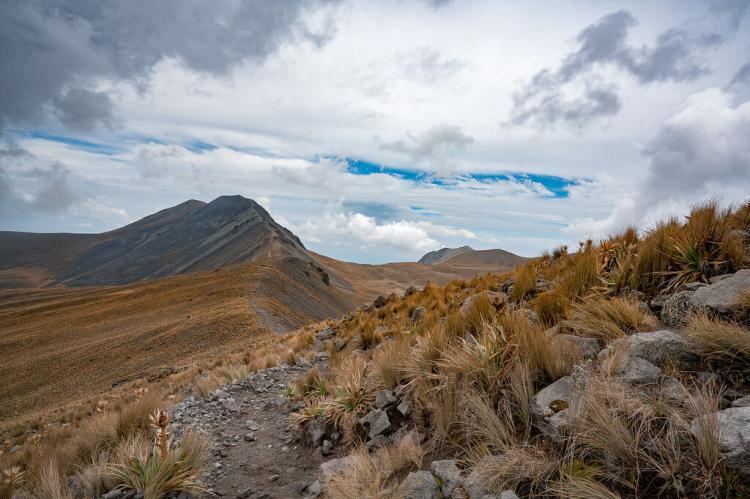Mountain Ranges of Mexico
Mexico is one of the largest countries in the Americas and one of the most diverse in terms of geography, with a wide range of landscapes, including mountains, deserts, jungles, and coastal regions. Mexico's varied and complex topography features numerous mountain ranges and highlands.
Mountain Ranges of Mexico
Mexico is one of the largest countries in the Americas and one of the most diverse in terms of geography, with a wide range of landscapes, including mountains, deserts, jungles, and coastal regions. Mexico's varied and complex topography features numerous mountain ranges and highlands that span its landscape.
Following is a listing and description of some of the major mountain ranges in Mexico:
Sierra Madre System
The Sierra Madre is the principal mountain system of Mexico that encloses the central Mexican Plateau. Extending the length of Mexico, the mountains form a broad northwest-southeast arc.
-
Sierra Madre Occidental: Located along the western edge of Mexico, this mountain range stretches from the U.S. border down to the Michoacán and Jalisco states. Rugged terrain, deep canyons, and extensive pine and oak forests characterize it. Copper Canyon, a group of canyons larger and deeper than the Grand Canyon, is a prominent feature of this range.
-
Sierra Madre Oriental: Running parallel to the Gulf of Mexico, this mountain range extends from the U.S. border to the state of Puebla. It features a mix of steep slopes, deep valleys, and plateaus. The range includes the Cofre de Perote and Pico de Orizaba, the highest peak in Mexico and the third highest in North America.
-
Sierra Madre del Sur: This mountain range runs along the southern Pacific coast of Mexico, stretching from Michoacán to Chiapas. It's characterized by its dense tropical forests, rugged terrain, and numerous rivers. The Sierra Madre del Sur is home to many indigenous communities.
-
Sierra del Carmen: This range is part of the larger Chihuahuan Desert and is located near the U.S.-Mexico border in Coahuila. It's characterized by its desert landscape, canyons, and unique rock formations.
-
Sierra Madre de Oaxaca: The Sierra Madre de Oaxaca is a mountain range in southern Mexico. It's located primarily in the state of Oaxaca. It's an extension of the much larger Sierra Madre Oriental.
-
Sierra Madre de Chiapas: The Sierra Madre de Chiapas is a significant mountain range parallel to the Pacific coast in southern Mexico and northern Central America. It is the southernmost range of the Sierra Madre Mountain System.
Peninsular Ranges System
The Peninsular Ranges are a series of coastal mountain ranges running north to south along the entire Baja California Peninsula in northwestern Mexico.
- Sierra de Juárez: This mountain range is located in northern Baja California, near the U.S. border. Its arid landscape, chaparral vegetation, and pine forests in higher elevations characterize it.
-
Sierra de San Pedro Mártir: Situated in Baja, California, this mountain range is known for its pine forests and its status as a protected natural area. It includes the highest point in Baja California, Picacho del Diablo.
-
Sierra de San Borja: The Sierra de San Borja (also known as Sierra La Libertad) is located south of the Sierra de San Pedro Mártir and is the northernmost outpost of the Great Mural rock art of the central Baja California mountains.
-
Sierra de San Francisco: The Sierra de San Francisco, situated north of San Ignacio, is the northernmost of a series of volcanic ranges running the length of the eastern side of Baja California Sur.
-
Sierra de la Giganta: The Sierra de la Giganta rises abruptly from the Gulf of California (Sea of Cortez) and parallel to the southeastern coast of the Baja California Peninsula in Baja California Sur state.
-
Sierra de la Laguna: The Sierra de la Laguna is located at the southern end of the Baja California Peninsula and is the southernmost range of the Peninsular Ranges System.
Other Ranges
-
Sierra Gorda: Located in the state of Querétaro, the Sierra Gorda is known for its lush forests, deep canyons, and unique rock formations. It's part of the larger Trans-Mexican Volcanic Belt.
-
Sierra Tarahumara (Copper Canyon Region): Part of the Sierra Madre Occidental, the Sierra Tarahumara is famous for its Copper Canyon system, which includes several deep canyons. The region is home to the indigenous Tarahumara people and features stunning landscapes.
-
Sierra de la Laguna: Found on the Baja California Peninsula, the Sierra de la Laguna is a unique mountain range with a mix of desert and tropical ecosystems. It's a UNESCO Biosphere Reserve and includes diverse flora and fauna.
-
Sierra de Huautla: The Sierra de Huautla is a mountain range in south-central Mexico, a southern extension of the Trans-Mexican Volcanic Belt range that extends into the Balsas River basin.
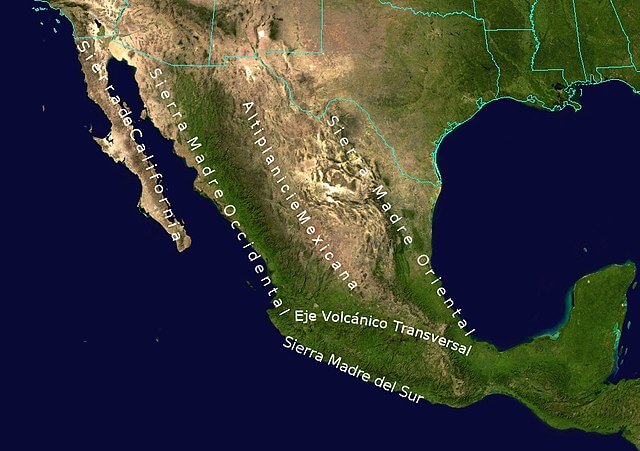
Topographic map of Mexico.
![Sierra Madre Occidental, looking across Rio San Ignacio from near the village of Guajurana - via Wikimedia Commons by Cataclasite [CC BY-SA (https://creativecommons.org/licenses/by-sa/3.0)] Sierra Madre Occidental, looking across Rio San Ignacio from near the village of Guajurana](/sites/default/files/styles/large/public/sierra_madre_occidental_volcanics_opt.jpg?itok=iJ_DTpdl)
